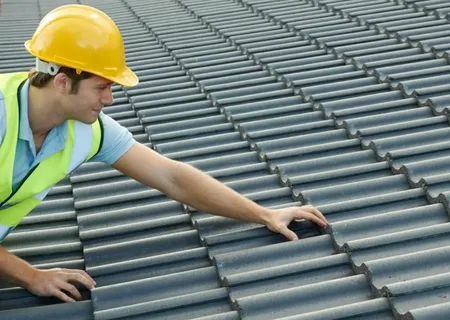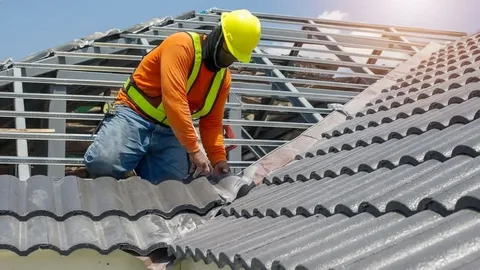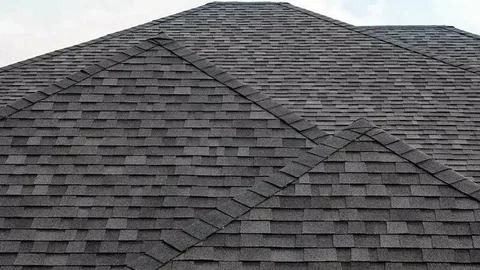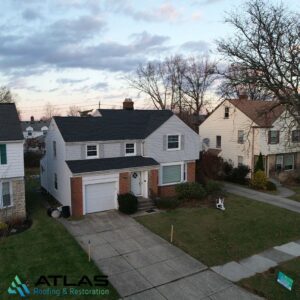When you own or manage a commercial property, few elements are as critical as the roof over your head. It’s more than just a structure—it’s a protective shield for everything inside, including your inventory, equipment, employees, and daily operations. But what happens when that shield is damaged by a storm, fire, or some other unexpected event? That’s where commercial roof insurance comes in.
Commercial roof insurance can be a lifesaver, but only if you truly understand how it works. Many business owners are caught off guard by policy fine print, exclusions, or claim rejections that leave them paying out-of-pocket for costly repairs. To avoid surprises and protect your investment, it’s essential to know the ins and outs of your coverage. Let’s break it down.
Understanding the Basics of Commercial Roof Insurance
Commercial roof insurance is typically part of your broader commercial property insurance policy. It provides coverage for roof repairs or replacements due to damage caused by specific events like storms, fire, hail, or vandalism. Depending on the policy, it may cover the full cost of replacement or only the depreciated value of your existing roof.
It’s important to recognize that insurance policies are not one-size-fits-all. Some only protect against damage from listed perils, while others offer broader coverage unless specific exclusions apply. Reading and understanding your policy details is the first step toward making sure you’re fully protected.
Why Roof Insurance Matters for Commercial Properties
Your commercial roof serves as the first line of defense against environmental hazards. Any damage to it can expose the interior of your building to water, wind, or fire, potentially destroying equipment, documents, and merchandise. Moreover, a damaged roof can pose safety risks for employees or customers and may force you to temporarily shut down operations—leading to lost revenue.

Without insurance, repairing or replacing a commercial roof can be a major financial burden. Depending on the size and structure of your building, a new roof could cost tens or even hundreds of thousands of dollars. Having a comprehensive insurance policy in place ensures that if disaster strikes, you’re not left footing the entire bill.
What Does Commercial Roof Insurance Cover?
Most policies cover damage caused by sudden, accidental events like windstorms, hail, lightning strikes, fire, or falling debris. If your roof is punctured by a fallen tree branch or suffers significant damage during a storm, your insurance is likely to cover the repairs or even a full replacement—depending on your plan and deductible.
However, not all damage qualifies for a claim. Wear and tear, neglect, and pre-existing issues typically aren’t covered. For example, if your roof leaks due to poor drainage that hasn’t been maintained, your insurer may deny the claim. The same goes for mold growth caused by unresolved moisture issues. Insurance companies expect building owners to perform regular inspections and upkeep to keep the roof in good shape.
Factors That Influence Your Coverage and Premiums
Several elements impact what your insurance will cover and how much it costs. One of the most significant is the age of the roof. Older roofs are more likely to be insured for their depreciated value, meaning you may receive less money in the event of a claim. Insurers also look at the type of roofing material—whether it’s metal, asphalt, rubber, or another type—as each has different risk profiles.
Your location matters, too. Properties in areas prone to hurricanes, hailstorms, or heavy snow will typically face higher premiums or may require additional endorsements for full protection. The roof’s slope and design can also influence your rate, especially if it increases the risk of pooling water or snow accumulation.
Insurers are also more favorable toward properties that are well maintained. Keeping up with inspections and repairs not only extends the life of your roof but also helps establish a history of responsibility that insurers value when determining coverage.
Replacement Cost vs. Actual Cash Value
A key element of any commercial roof insurance policy is how claims are valued. Some policies offer replacement cost coverage, which means the insurer will pay for a new roof of similar type and quality, regardless of the old roof’s age. This is typically the most favorable option for property owners.
Others offer actual cash value (ACV) coverage. This means the insurance company will factor in depreciation before issuing a payout. So, if your 15-year-old roof is damaged, you’ll receive a reduced amount based on how much life the roof had left, not the cost to install a new one.
Understanding the difference between these two options is critical when selecting your policy. While ACV coverage is often more affordable, it may not provide enough funds to cover a full roof replacement.
What to Do When Damage Occurs
If your commercial roof suffers damage, your first step should be to assess the situation safely and document everything. Take clear photos and videos of the affected areas, both inside and out. Gather any inspection reports or maintenance records that show the roof’s condition prior to the incident.
Next, contact your insurance company and begin the claims process. The insurer will likely send an adjuster to inspect the roof and evaluate the damage. It’s a good idea to also get an independent estimate from a professional roofing contractor to compare with the adjuster’s findings. If there are discrepancies, your contractor can help advocate for a fair assessment.
While waiting for your claim to be processed, it’s your responsibility to prevent further damage. Temporary repairs, like placing tarps or securing loose materials, are often expected. Failing to take action could result in reduced or denied compensation.
Avoiding Common Pitfalls
One of the most common mistakes property owners make is assuming their roof is fully covered without reading the details of their policy. Not all causes of damage are covered, and some require specific endorsements. Don’t wait until after a storm to find out what’s excluded.
Another issue arises from poor maintenance. Insurers often deny claims if they determine the damage could have been avoided through proper upkeep. For this reason, it’s important to document all inspections, repairs, and maintenance activities. This recordkeeping can be invaluable during a dispute with your insurance provider.
Timing is another key factor. Most policies require that claims be reported within a certain time frame. Waiting too long can complicate or void the process, especially if the damage worsens over time. Acting quickly and following all procedural steps ensures you don’t miss your window of opportunity.
Reviewing Your Policy Regularly
Just as your business evolves, so should your insurance coverage. If you’ve recently replaced your roof, installed solar panels, or upgraded your building’s HVAC system, your insurance policy should reflect those changes. It’s a good idea to review your coverage annually or after any major property changes.
Be sure to consult with your insurance agent to confirm that your policy is up-to-date and adequately protects your investment. Ask questions about exclusions, limits, and additional coverage options that may apply to your specific property or region. Being proactive now can save you thousands—or more—later.

Final Thoughts: Partner with the Right Experts
Navigating commercial roof insurance may not be the most exciting part of running a business, but it’s one of the most crucial. With the right policy in place and a solid understanding of your coverage, you can minimize financial risk and get your operations back on track quickly after an unexpected event.
If you’re ever unsure about the state of your roof or what kind of insurance protection makes sense for your business, don’t go it alone. At Atlas Roofing & Restoration, we not only provide professional roof assessments and storm damage repair, but we also work closely with insurance companies to help streamline the claims process for our clients. We understand the stakes, and we’re here to make sure your business is protected—rain or shine.




